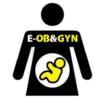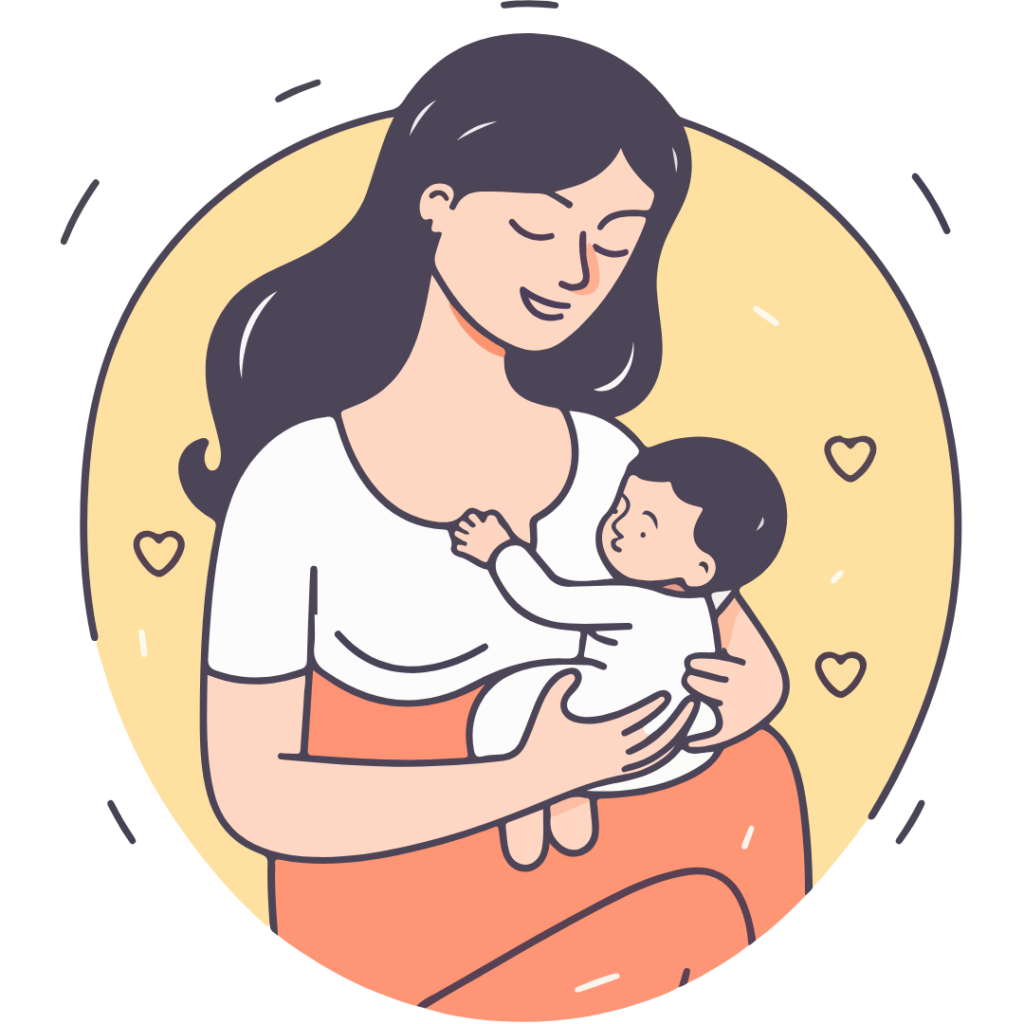BABY FEVER: CAUSESS, SYMPTOMS AND EXPERT TIPS FOR PARENTS

Every parent knows the unique blend of joy, love, and concern that comes with welcoming a new life into the world. As you watch your little one take their first steps in this grand adventure of growing up, there’s bound to be moments of wonder and a few moments of worry, especially when it comes to baby health. One such concern that often arises is when your baby develops a fever. The flutter of questions, the desire to provide the best care, and the yearning for answers – these emotions are entirely natural.
In this fever in babies guide, we’re here to quell those concerns and offer you a roadmap through the world of baby fever. So, buckle up and let’s explore the ins and outs of this common childhood phenomenon, empowering you with the knowledge to navigate it with confidence and care. After all, the journey of parenting is filled with twists, turns, and the immense satisfaction of ensuring your little one’s well-being.
1. Normal Body Temperature: What You Need to Know
- Understanding the Normal Range: Learn about the typical body temperature range for babies and children. Normal body temperature can vary slightly depending on age and time of day.
- Importance of Baseline Temperature: Knowing your baby’s regular body temperature helps in recognizing when a fever is present.
2. Recognizing the Onset of Fever: Common Symptoms
- Behavioral Changes: Babies might become irritable or unusually fussy when a fever is starting to develop.
- Changes in Appetite: A decreased interest in feeding or sudden loss of appetite can be an indicator.
- Sleep Pattern Alterations: Fever can disrupt sleep, causing changes in sleep duration and patterns.
- Elevated Heart Rate: Increased heart rate might accompany fever, even when your baby is at rest.
3. Methods for Measuring Body Temperature
Accurately measuring your baby’s body temperature is essential in tracking their health. There are several methods available, each with its own considerations and benefits. Here, we’ll delve into the different ways you can measure your baby’s body temperature and what you need to know about each method.
- Rectal Temperature Measurement: This method involves gently inserting a digital thermometer into your baby’s rectum. It’s considered the most accurate way to measure temperature in infants, especially those under 3 months old. However, it requires caution and a delicate touch to ensure your baby’s comfort and safety.
- Oral and Ear Measurements: As your baby grows and becomes more cooperative, you might transition to using oral (mouth) or ear thermometers. These methods are less invasive than rectal measurement and are suitable for older infants and toddlers. However, it’s important to note that accuracy can vary, especially with ear measurements, which can be influenced by factors like earwax and positioning.
- Forehead and Armpit Measurements: Forehead (temporal artery) and armpit (axillary) measurements are non-invasive options that provide a quick estimate of your baby’s temperature. These methods are convenient and comfortable for your baby but might not be as accurate as rectal or oral measurements. Keep in mind that forehead thermometers can be influenced by factors like sweat or external temperatures.
When selecting a method, consider your baby’s age, temperament, and any specific recommendations from your healthcare provider. Regardless of the method you choose, it’s essential to follow the thermometer manufacturer’s instructions for accurate results. Keep in mind that establishing a consistent method of measurement can aid in tracking your baby’s temperature over time and detecting any significant changes that might require medical attention.
4. Possible Causes of Fever: Unraveling the Reasons
- Viral Infections: Common cold, flu, and other viral infections are frequent culprits of fever in babies.
- Bacterial Infections: Infections like ear infections, urinary tract infections, and more can lead to fever.
- Teething: Teething doesn’t typically cause high fever, but a slight increase in body temperature is possible.
- Immunizations: Some vaccines might lead to a mild fever as the body responds to the antigens.
5. Taking Action: How to Respond to a Fever
- Hydration: Ensuring your baby stays well-hydrated is crucial during a fever to prevent dehydration.
- Comfort Measures: Dressing your baby in light clothing, using a lukewarm sponge bath, and keeping the room at a comfortable temperature can help.
- Monitoring Temperature: Regularly monitoring your baby’s temperature can help track the progression of the fever.
6. Knowing When to Seek Medical Attention
- High Fever: Generally, a rectal temperature of 100.4°F (38°C) or higher requires medical attention for babies under 3 months, and a higher threshold might apply for older infants.
- Persistent Fever: If a fever lasts for more than a couple of days, it’s advisable to consult a doctor.
- Other Symptoms: Seek medical help if your baby displays other concerning symptoms alongside the fever.
7. Additional Topic: Fever-Reducing Medications and Their Use
- Acetaminophen (Tylenol) and Ibuprofen: Learn about these common fever-reducing medications, their appropriate dosages, and when they should be used.
- Consulting a Doctor: Always consult a healthcare professional before administering any medication to your baby.
Managing Baby Fever, understanding how to navigate baby fever is an essential skill for any parent or caregiver. By recognizing the signs, understanding the causes, and knowing when to take action, you can provide your baby with the best care possible. Remember that while fever can be concerning, it’s often a natural response as the body fights off infections and builds immunity.


